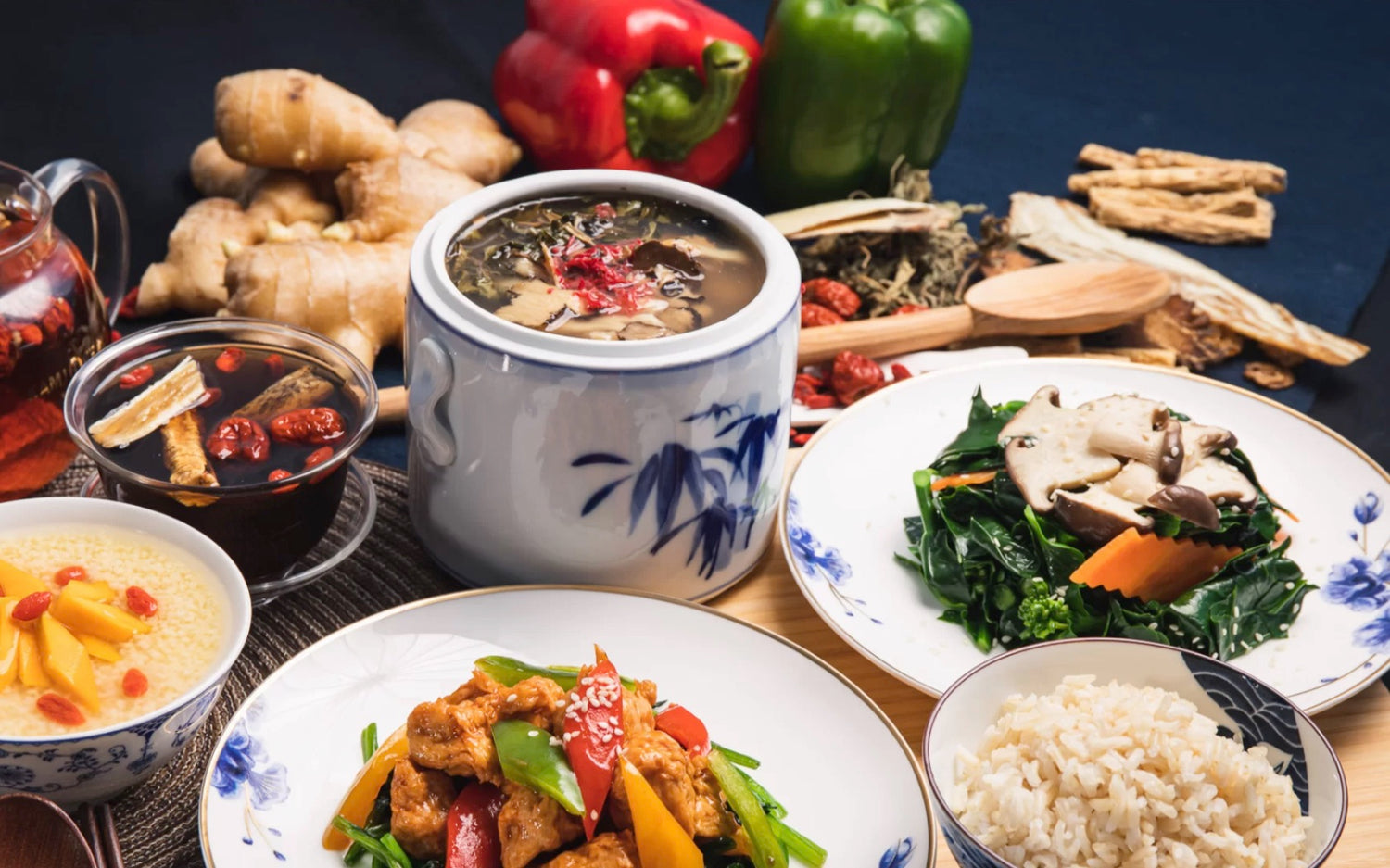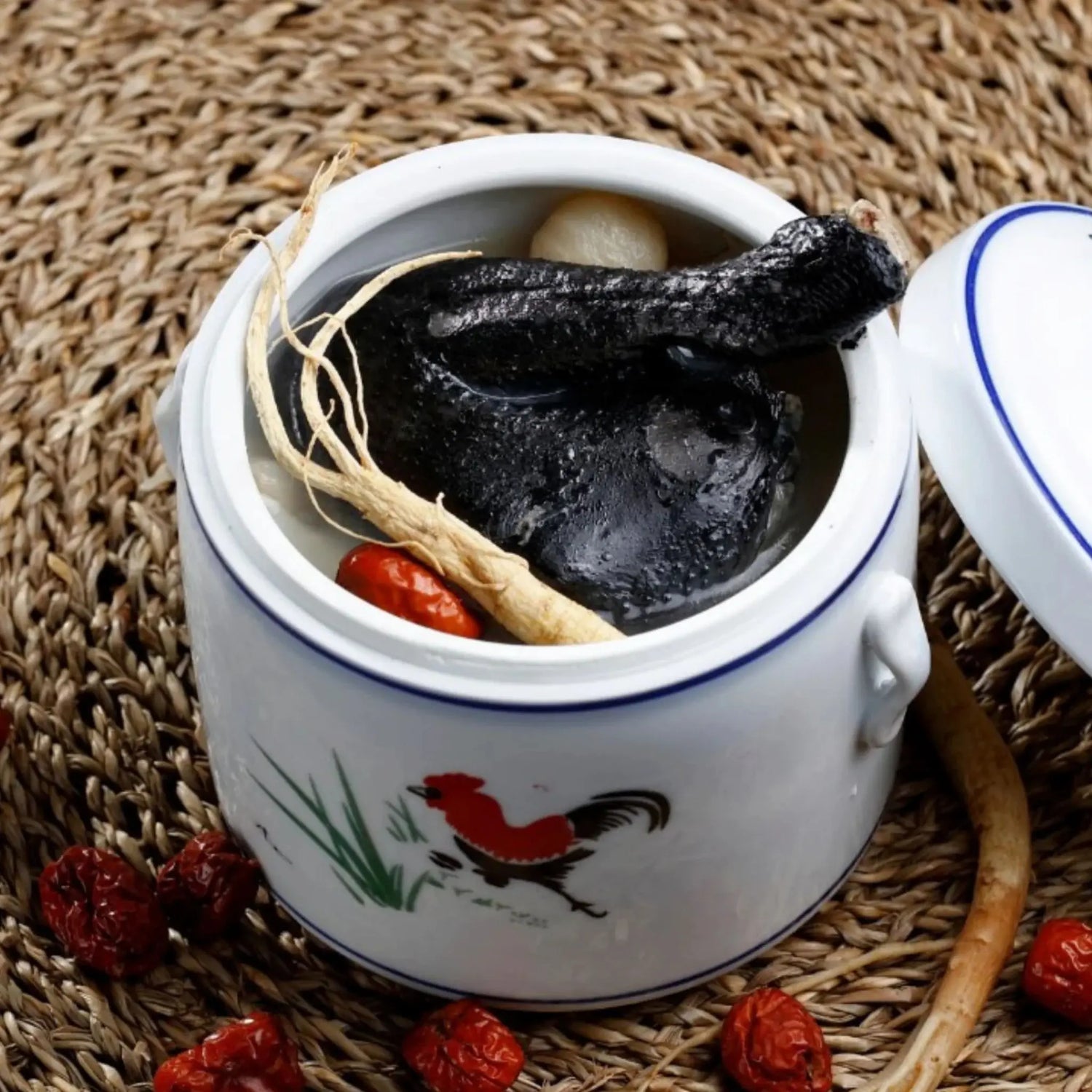Intro to Confinement
An introduction to the traditional Chinese practices that support healing in the first 30 days after birth

养身一月, 受益一生
Nurture the body for one month, benefit for a lifetime.

What is Confinement
Confinement, or zuò yuè zi (坐月子), literally translating to “sitting the month,” is a 30-day cocoon designed to protect and rebuild the mother after childbirth. Historically practiced across Chinese communities, it emphasises warmth, rich nourishment, seclusion from stress and household duties, and a steady return to strength. The philosophy rests on restoring balance: birth leaves the body ‘open’ and depleted; confinement closes, warms and replenishes.

The Importance of Confinement
In Traditional Chinese Medicine (TCM), the postpartum period is often called a woman’s “second chance” at health. Childbirth is a powerful event that leaves the body open, depleted, and vulnerable, but also uniquely receptive to nourishment and restoration. The way a mother cares for herself in these first 30 days is believed to shape not only her recovery now, but her wellbeing for years to come.
Classical TCM texts describe a woman’s life unfolding in natural 7-year cycles. Each cycle marks a shift in energy, fertility, and vitality. How she nourishes her body during the fertile years, especially around pregnancy and postpartum, influences the smoothness of later cycles.
After birth, blood and Jing (essence) are significantly depleted. If a mother pushes herself too hard, skips rest, or neglects warm nourishment, TCM suggests this may accelerate ageing, bringing earlier fatigue, aches, greying hair, and lower resilience
A Three-Stage Journey
In Traditional Chinese Medicine, postpartum healing is not seen as a single event but as a gradual journey. The body unfolds its recovery in stages, each with its own focus and needs. Rather than rushing back to “normal”, confinement honours these natural rhythms – first repairing what has been strained, then rebuilding strength, and finally consolidating vitality for long-term health.
The three-stage model has been trusted for centuries because it reflects how the body truly heals after birth.
By understanding each stage, mothers can give their bodies exactly what they need at the right time. Each stage requires different herbs and nutrients, which is why it is important that soups and meals are carefully tailored for each phase.
-
Stage 1: Release & Repair (清,催)
The first days after birth are about gentle recovery. This stage focuses on clearing lochia, supporting uterine repair and encouraging milk flow. Warmth and nourishment help your body begin its path back to balance.
-
Stage 2: Regulate & Rebalance (调)
As your body stabilises, the focus shifts to harmonising digestion and improving nutrient absorption. This stage helps replenish Qi and blood while restoring steady energy through balanced nourishment.
-
Stage 3: Rebuild & Revitalise (补,养)
The final stage consolidates vitality for the long term. By nourishing the liver and kidneys, improving circulation and building reserves, this phase supports deeper renewal and lasting recovery.
The 5 Pillars of Confinement
Confinement is more than a set of rules; it is a framework for healing that has guided mothers for centuries. At its heart are five simple but powerful pillars. Together, they form a holistic approach that tends to body, mind, and spirit during the tender weeks after birth. Think of them as steady anchors in a time of change: food as medicine, rest as recovery, warmth as protection, emotional care as grounding, and balance as the bridge between tradition and modern life.
-
Nourishment
Food as daily therapy: soups, porridges, stews, cooked greens and herbs that rebuild blood and energy. Small, frequent meals.
-
Rest
Radical permission to slow down. Sleep when baby sleeps, accept support, and put rest and recovery first.
-
Warmth
Keep body and environment cosy. Warm herbal baths, socks, and soft layers protect joints, ease pain, and support circulation.
-
Emotional Care
The heart heals too. Build a circle of support, normalise tears, and seek help early if your mood stays low.
-
Balance
Be flexible, not dogmatic. Adapt traditions to climate, culture, and personal needs, blending ancient wisdom with modern care.
Looking for a stronger dose of wisdom?
This is just the beginning. For a complete look at confinement practices, recipes and recovery tips, download the free Ultimate Guide to Confinement

What's Inside
✔️ The 5 Pillars of Confinement
✔️ List of foods to eat & avoid
✔️ Confinement meal recipes
✔️ Daily meal plan
✔️ Myths & modern adaptation
✔️ Confinement preparation checklist

